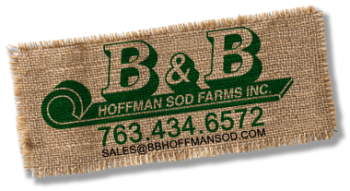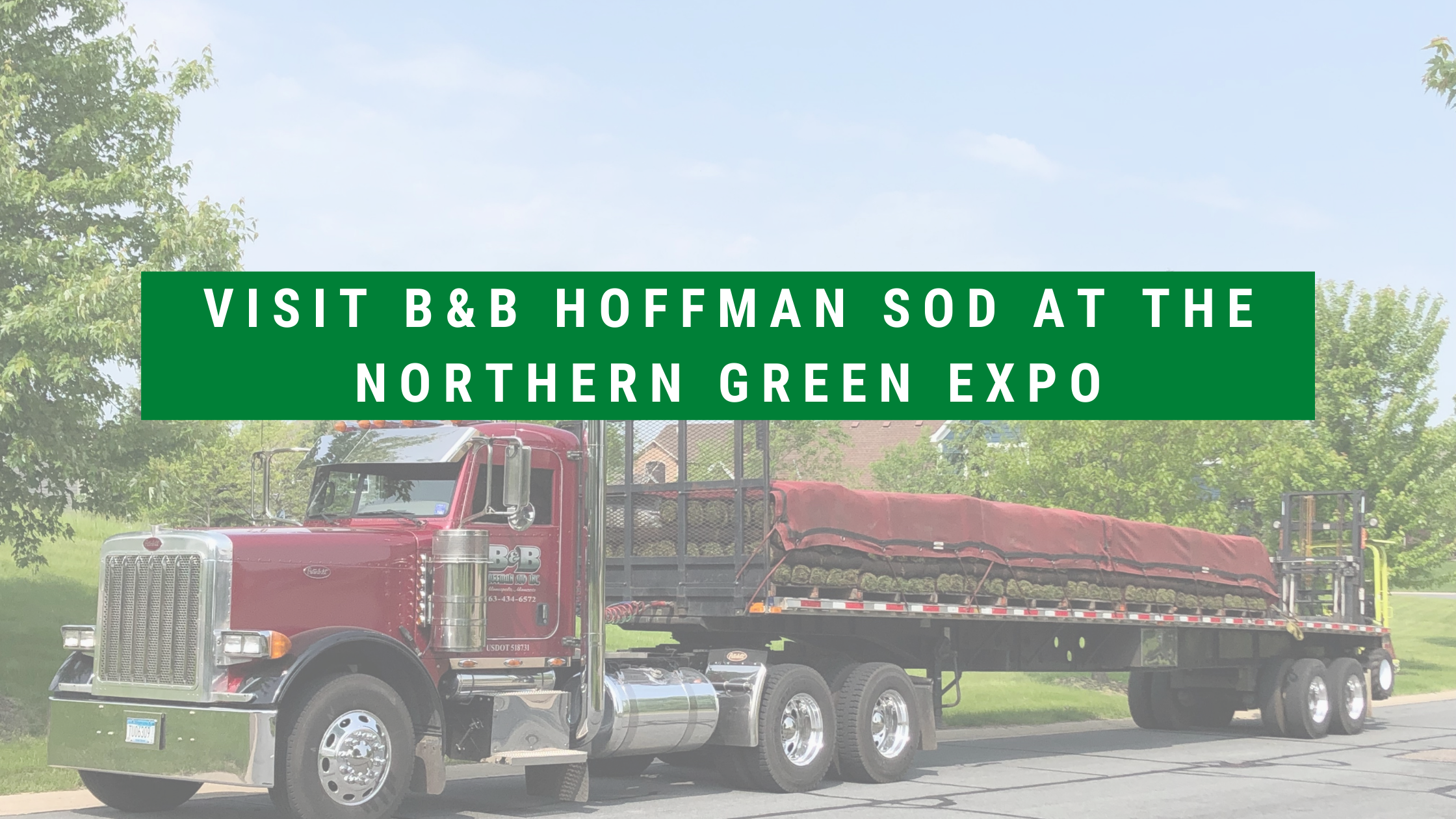As the snow blankets our sod farm, our focus shifts from growing and selling sod, to connecting with our commercial partners and planning for the season ahead. For over 20 years we have participated in the Northern Green Expo, a trade show held each January at the Minneapolis Convention Center. This unique event is presented by the Minnesota Nursery and Landscape Association and Minnesota Turf and Grounds Foundation, bringing together a wide variety of professional outdoor resources to educate and network.
Held January 11th-13th, 2022, attendees can take part in training modules and social events, meet with exhibitors, listen to keynote speakers, and showcase trades related to outdoor supplies or maintenance. Supported by major industry leaders in the Minneapolis-St. Paul area, it is a great opportunity to learn more about landscaping, nurseries, ground maintenance, and anything related to planning and living in the warmer weather months.
More than 6,000 people visit the Northern Green Expo every year to network and eagerly plan the next growing season. If you are interested in learning more, please click here for additional details on the event. Stop by booth 706 if you are around to meet our family and discuss the best sod options for your spring plans.
B&B Hoffman Sod is currently closed for the season but we are always available to answer questions at 763-434-6572. We hope to see you at the Northern Green Expo in January!

